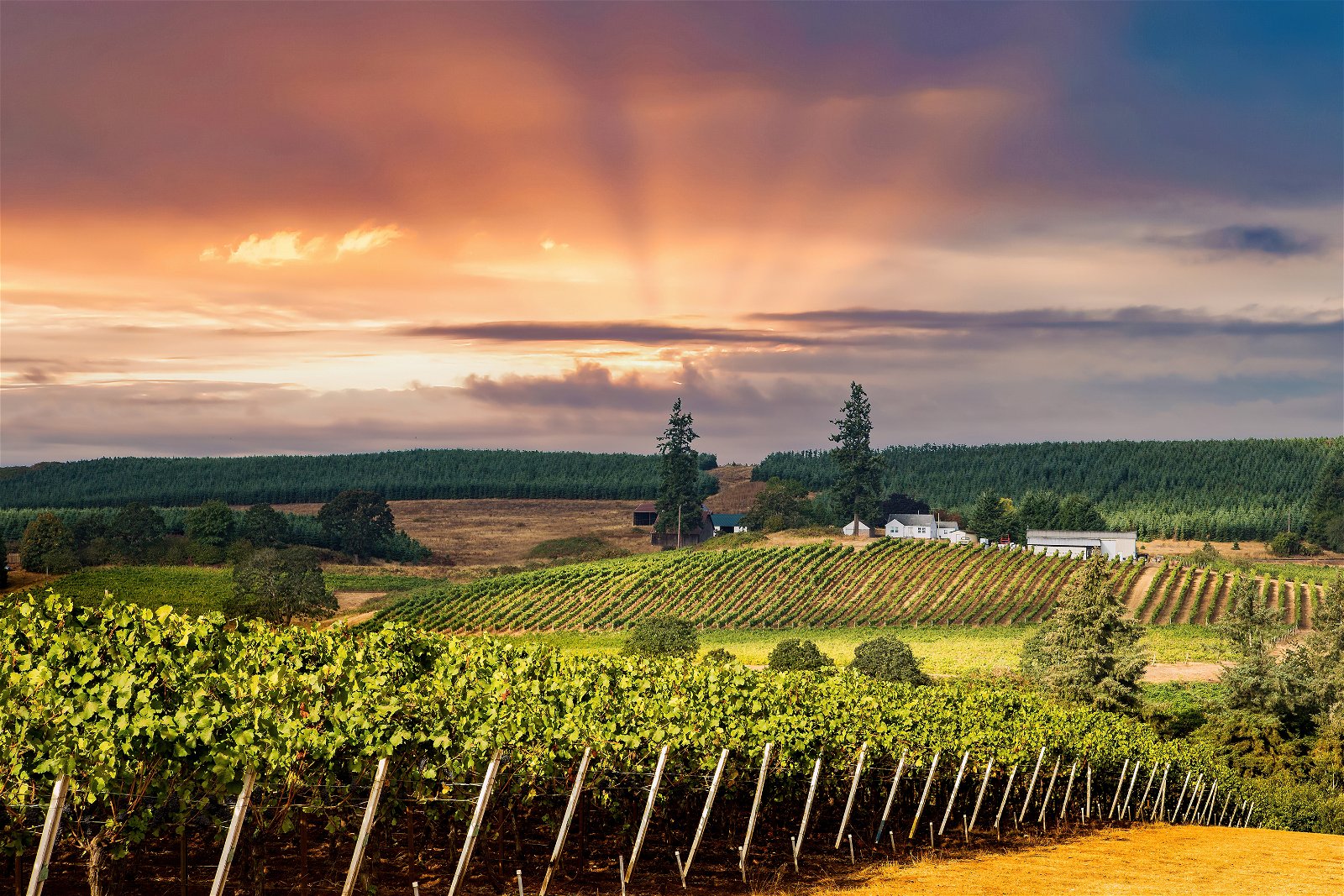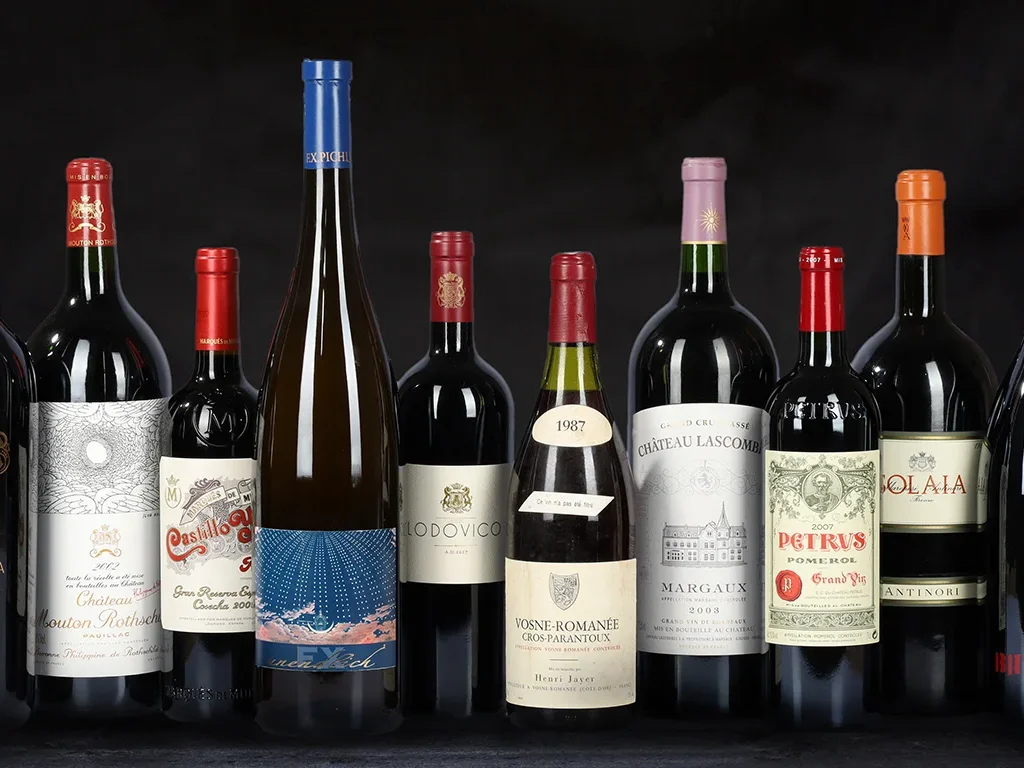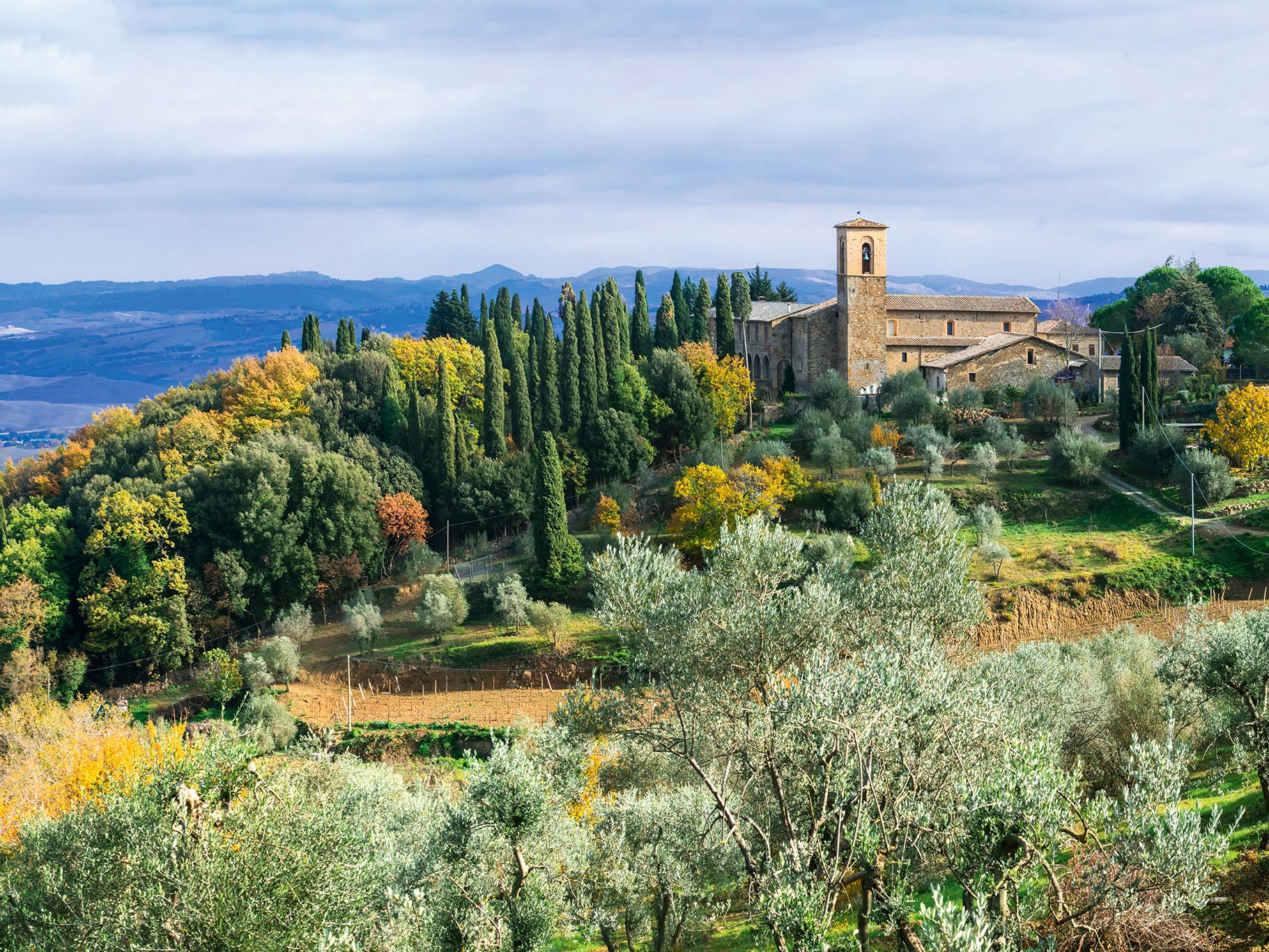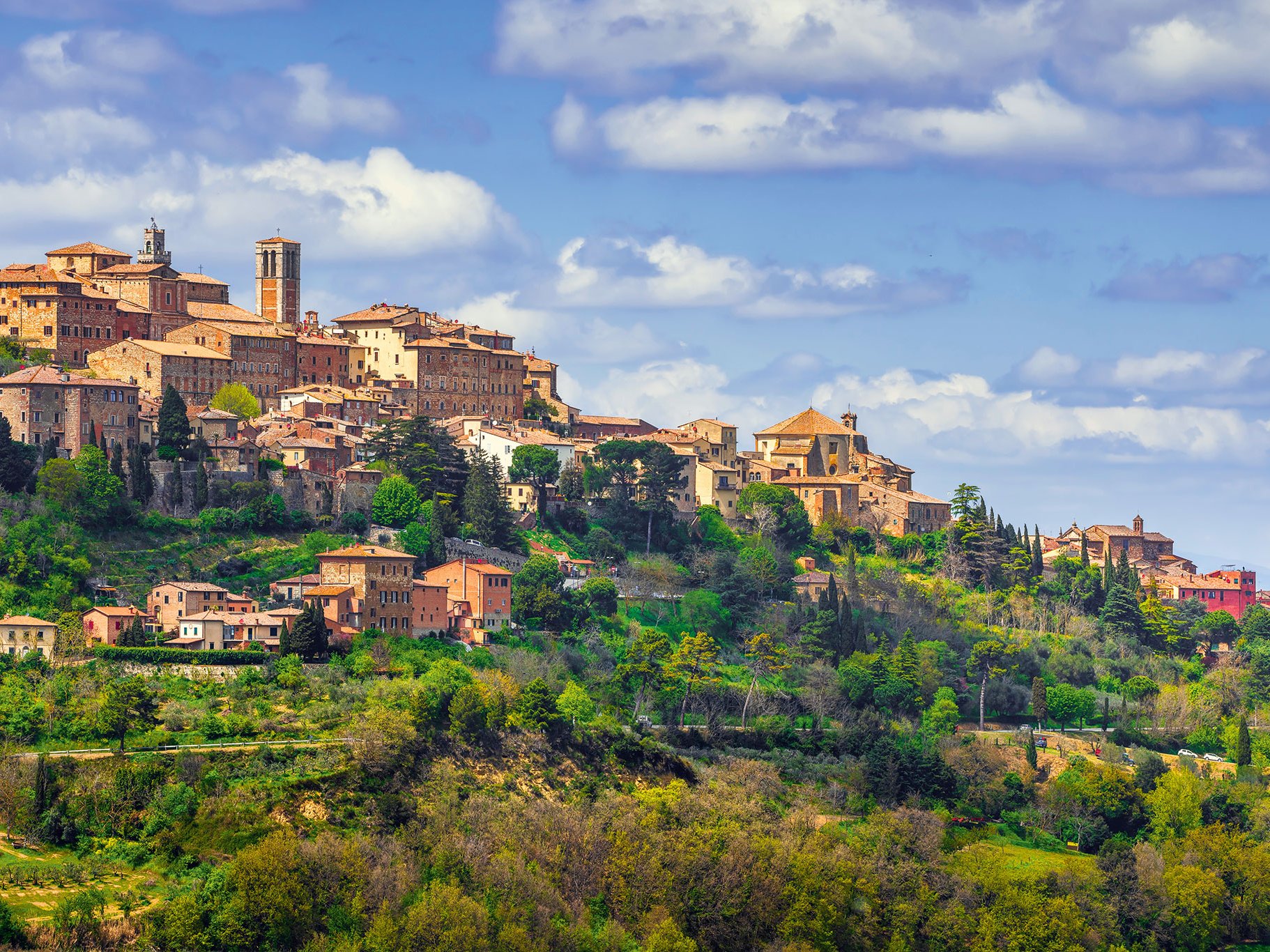Oregon, located on the west coast of the U.S. to the north, is a cool, if not perhaps the coolest, wine growing region in North America. Since about 1850, attempts were made to plant vines in the cool, rather harsh climate, but they did not really succeed. Attempts with hybrid vines and American vines were also unsuccessful. It was not until the 1960s that the region was really discovered and developed for top wine production by emigrants from Napa Valley. Some 800 wineries farm Oregon's 14,557 acres of vines (as of 2018), which is roughly between the latitudes of Bordeaux or Burgundy. However, the vineyards are directly exposed to the cool Pacific influences, and it also rains quite frequently. The area is therefore particularly suitable for grape varieties that can cope with cool and damp weather conditions. First of all, Pinot Noir, Chardonnay and Riesling, which have already proven in Burgundy and Mosel that they can thrive in cool regions. Most of Oregon's vineyards are located in the northern part of the Willamette Valley and are situated on gently sloping hillsides. The nearly 4,000-foot-high Cascade Mountains protect that section of the valley from continental hot influences from the arid west beyond the mountains. There are also vineyards on a small scale in the southern part of the valley, where it is somewhat warmer, as well as in the Tualatin Valley and Umpqua Valley. There are also vineyards along the Columbia River at the Columbia Valley border. Oregon's wine production is small; the region is dominated by dedicated boutique wineries that produce excellent Pinot Noirs, but also Chardonnays and Rieslings that need not fear European comparison. With the name Drouhin, a very prominent producer from Burgundy is also represented here.













